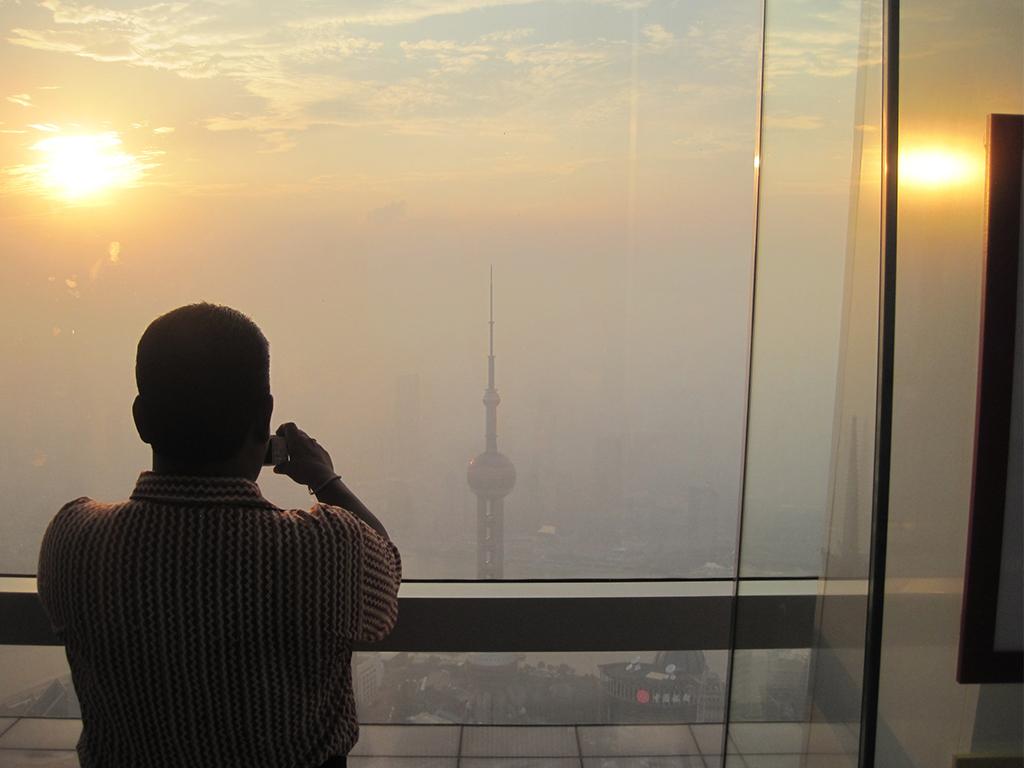In Singapore, an experiment has started to measure air pollution by analyzing photos with artificial intelligence.
Researchers at the technical university of Nanyang in Singapore started the project Airtick, as reported by the New Scientist, using artificial intelligence to find clarity amid the smog. With an app, they will will estimate air quality by analysing large numbers of photos of the city.
In many cities in Asia (like Shanghai, Peking, Singapore), air pollution can reach dangerous levels. "Air sensors can be expensive to install", says Pan Zhengxiang, a graduate student who was inspired to create the app from his time fighting forest fires for the air force. A smartphone app provides the opportunity for a low-cost solution – particularly in a country such as Singapore, which has one of the world’s highest levels of smartphone ownership per capita.
AirTick will collect photos in bulk for any city it wants to track, recording when and where each was taken and the positioning of the camera. Those images will be checked against official air-quality data. The information will be used to train a machine-learning algorithm, which will learn to estimate the level of pollutants in the air solely on the basis of evidence from photos.
The idea is to gradually improve the algorithm so that the general public can eventually obtain accurate real-time estimates of the air quality in their neighbourhood. Smartphone cameras will act as a proxy for air-pollution sensors, which are less common. “Any camera-enabled mobile device installed with AirTick can become an air-quality sensor,” says Zhengxiang.


